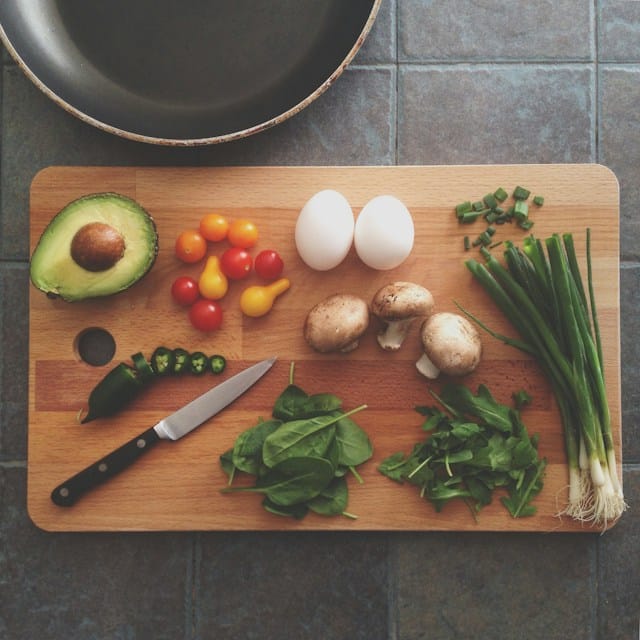The allure of cooking a succulent, restaurant-quality duck breast at home can be irresistible. For the uninitiated, the process may seem daunting. However, once you understand the basics of how to prepare and cook this gourmet meat, you’ll realize it’s easier than you think. With the right recipe, the right heat, and a bit of patience, you can impress your dinner guests with a beautifully cooked duck breast. Let’s dive into the details of how to turn a raw duck breast into a culinary masterpiece.
Choosing Your Duck Breast
Selecting the perfect duck breast is the first step towards creating a mouth-watering dish. You might be wondering, “What should I look for when buying a duck breast?” Here’s your answer.
Sujet a lire : How to Create an Authentic Sichuan Meal with the Right Balance of Spices?
When you’re shopping for duck breasts, pay attention to the colour of the meat. It should be a rich, dark pink – not too red, but not too pale. The skin should be dry and slightly firm, but not tough. The fat layer should be white or pale yellow, without any discolouration or spots.
Size also matters. Larger breasts will take longer to cook, but they’re often more flavorful. If you’re cooking for a crowd, consider buying whole ducks and butchering them yourself. This way, you can save the legs for another recipe, and use the carcass to make duck stock.
A découvrir également : What’s the Secret to Baking Light and Airy Chiffon Cakes Every Time?
The Importance of the Fat Layer
There’s no denying it: Duck breast is a fatty meat. But the fat is what gives it its flavour and keeps it juicy during cooking. Underneath the skin of the duck breast, you’ll find a layer of fat. This needs to be rendered out during the cooking process, turning it from a thick, solid layer into a thin, crispy skin.
To render the fat, score the skin of the duck breast in a diamond pattern. Be careful not to cut into the meat. This scoring will allow the fat to melt out during cooking, without the meat drying out.
Once scored, season the duck breast on both sides with salt and pepper. Then, start cooking it skin-side down in a cold pan. This means you put the duck in the pan before turning on the heat. As the pan slowly heats up, the fat will start to melt out and the skin will begin to crisp up.
Cooking Your Duck Breast
Cooking duck breast is not a race against the clock. It requires a gentle heat and some time for the fat to render out. Put the duck breast skin-side down in a cold pan and then turn on the heat to medium. Allow the duck to cook for around 8-10 minutes. You’ll notice the skin becoming crispy and golden brown, and a pool of fat forming in the pan.
After the skin is cooked to your liking, turn the duck breast over and cook the meat side for about 1-2 minutes. This quick sear will lock in the juices and give the meat a nice colour.
At this point, you can take the duck out of the pan and let it rest for 5-10 minutes. This will allow the juices to redistribute throughout the meat, making it even more succulent.
Sous Vide Cooking Method
If you’re looking for a foolproof way to cook your duck breast, consider using the Sous Vide method. With Sous Vide, you cook your meat in a sealed bag in a water bath at a precise temperature. This ensures that your meat is cooked evenly all the way through and prevents overcooking.
To cook duck breast Sous Vide, you’ll need a Sous Vide machine and a vacuum sealer. First, season your duck breasts and place them in a vacuum seal bag. Seal the bag and place it in the water bath, set to 57°C (135°F) for medium-rare, or 62°C (144°F) for medium. Let the duck cook for 1-2 hours.
After the duck has cooked Sous Vide, you’ll still want to sear it in a hot pan to get that crispy skin. This only takes a minute or two on each side.
Serving Your Duck Breast
After you’ve mastered the cooking process, it’s time to serve your duck breast. Slice the duck breast into thin slices, showing off the perfectly cooked meat and crispy skin.
You can pair it with a variety of sides. For a classic French meal, try serving it with a green salad, roasted potatoes, and a glass of red wine. For something a bit different, duck pairs well with sweet and fruity sauces, like a cherry or orange sauce.
Ultimately, cooking the perfect duck breast at home is about patience and precision. Don’t rush the process, and don’t be afraid to experiment with different recipes and cooking methods. With a little practice, you’ll be serving up restaurant-quality duck breast in no time.
Mastering the Sous Vide Method for Duck Breast
When discussing the perfect cooking technique for duck breast, no conversation would be complete without mentioning the Sous Vide method. This method has garnered popularity among professional chefs and home cooks alike for its precision and consistency. Now, you might be wondering, “What exactly is Sous Vide, and how can I use it to cook my duck breast?”
Sous Vide, which is French for “under vacuum,” is a cooking method where food is sealed in a plastic bag and submerged in a water bath that is set at a specific temperature. For a duck breast, you’ll want to set your Sous Vide machine to 57°C (135°F) for a medium-rare finish, or 62°C (144°F) if you prefer your duck medium. This method ensures that your duck breasts are cooked evenly throughout, which can be a challenge to achieve using traditional methods.
First, season your duck breasts to your liking. Next, place them into a vacuum seal bag and seal it using a vacuum sealer. Once your duck breasts are sealed, place the bag into your Sous Vide machine, ensuring that the water bath is set to your desired temperature. Let the duck cook for between one to two hours.
Keep in mind that Sous Vide duck will still need to be finished in a hot pan to achieve that desirable, crispy skin. This should only take a minute or two on each side in a hot pan, preferably cast iron, on high heat. Remember to rest the duck breasts for a few minutes after searing to allow the juices to redistribute.
In Conclusion: The Art of Cooking Duck Breast at Home
Whether you’re a seasoned home cook or a novice in the kitchen, mastering the technique of cooking the perfect duck breast is achievable. Not only will you impress your dinner guests, but you will also enjoy the process of creating a restaurant-quality dish in your own home.
Remember, it all starts with selecting high-quality duck breasts with a rich, dark pink color and a firm yet slightly dry skin. The fat layer is essential for flavor and succulence, so don’t shy away from this aspect. Score the skin, be patient with the fat rendering process, and don’t rush the cooking process.
If you’re after a foolproof method, give the Sous Vide cooking technique a go. It promotes precision, even cooking, and minimizes the risk of overcooking. Lastly, after all your hard work in the kitchen, don’t forget to rest your duck before slicing to ensure it remains juicy and succulent.
Remember, practice makes perfect. By following these steps, adjusting as you go, and experimenting with different flavors, you’ll soon be serving up a perfectly cooked duck breast that could rival any high-end restaurant offering. Happy cooking!






